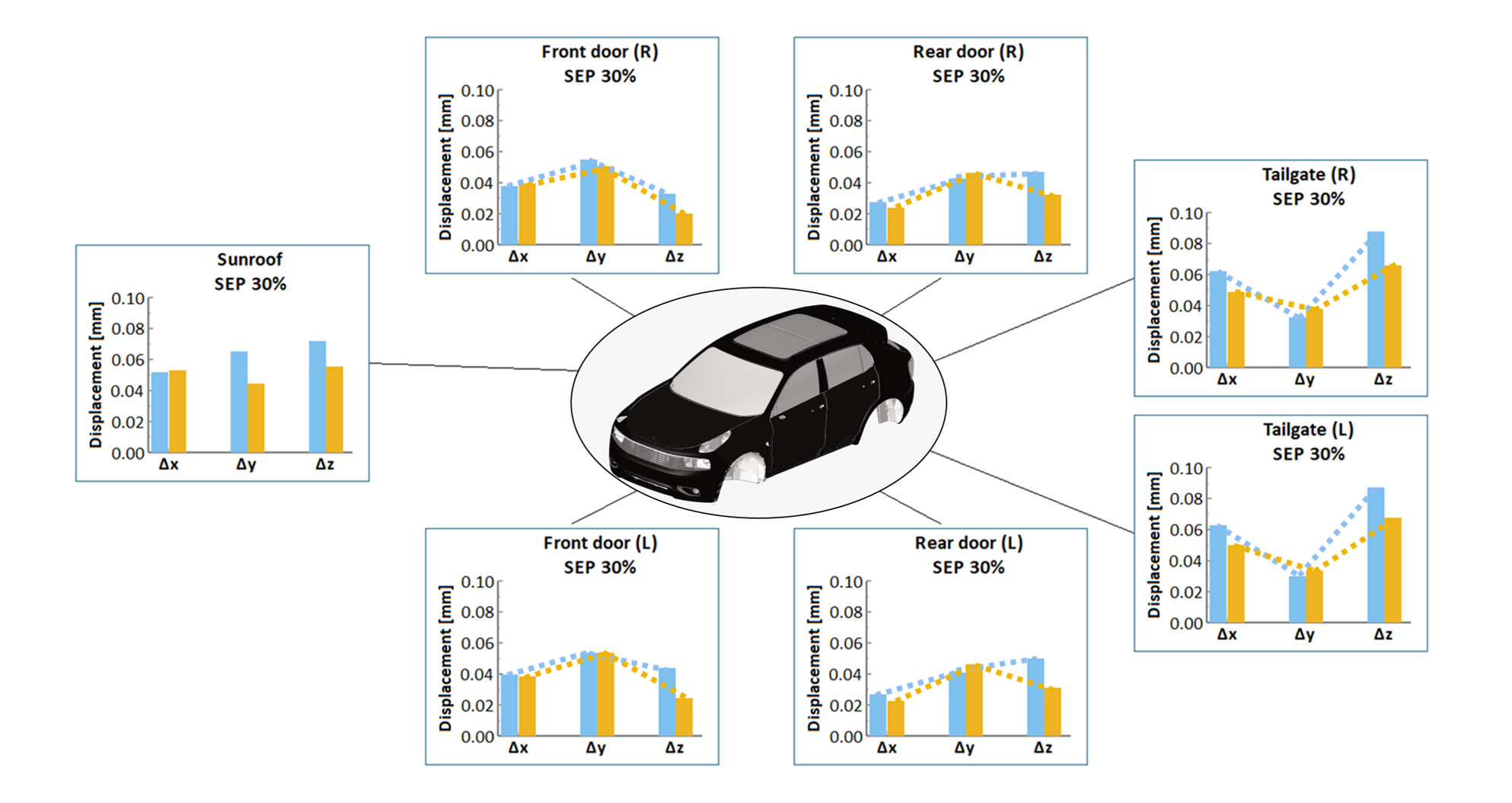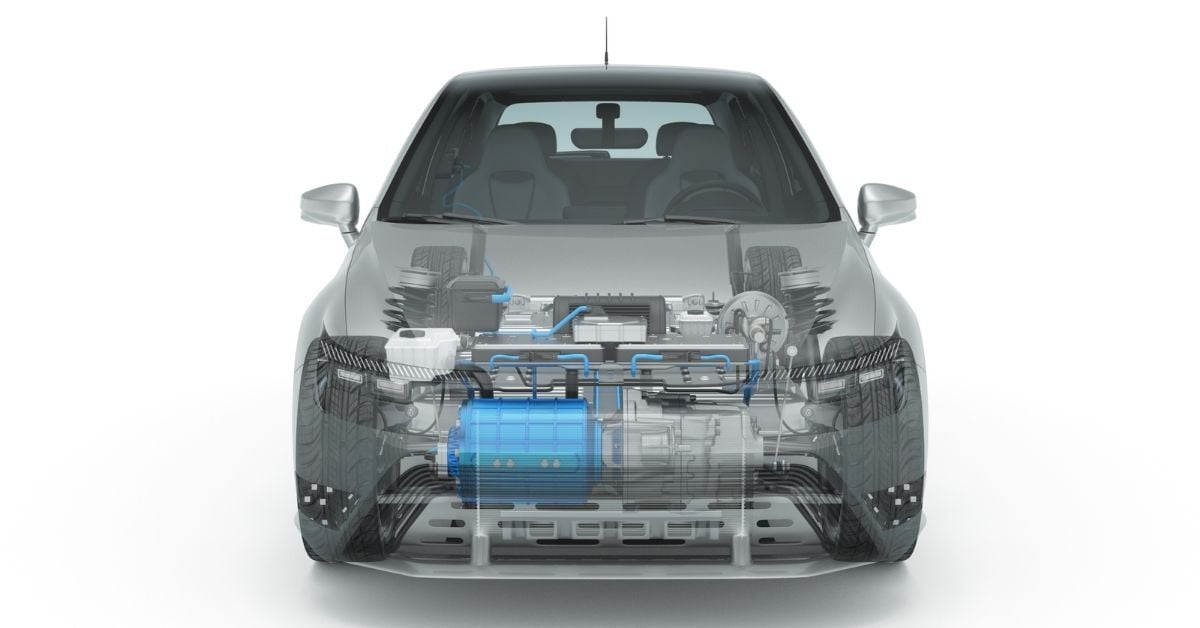How CEVT Improves Vehicle Architecture and Eliminates BSR Through Simulation
Free Two Part Webinar Series - 10AM PDT - August 12 & August 19
Featuring speakers and presentations from:
Eliminate Squeak & Rattle using Equivalent Static Load (ESL) - Part 1
Wednesday, Aug 12 | 10:00 AM PDT (19:00 CEST)

ESL Development Based on Simulation - Application example
The body stiffness has a major impact on the Squeak & Rattle performance of a car. Since the body structure of electrical/autonomous cars will differ clearly from traditional bodies, an enhanced requirement is needed to limit the distortion in the closure openings.
This webinar presents a new approach of defining a requirement based on closure deformations using an equivalent static load (ESL), which considers both the reduction from a complete vehicle to a BIG and from a dynamic load to a static load. In addition, an example is shown how ESL can be used as input for body optimization.
Presenter: Viktor Jonsson | CAE Engineer (Consultant), CEVT
Eliminate Squeak & Rattle using Equivalent Static Load (ESL) - Part 2
Wednesday, Aug 19 | 10:00 AM PDT (19:00 CEST)

Improving the ESL using Complete Vehicle Correlation
In the previous webinar, the development of an ESL has been shown based on a complete vehicle simulation. In order to validate this new approach, a comprehensive correlation work has been performed. Using the dynamic distortion in all closure body openings as correlation criteria offer a unique possibility to increase the understanding of the load from both the engine and the wheel suspension.
This webinar presents this correlation where a test vehicle is driven on different test tracks both in reality and virtually.
Presenter: Jens Weber | CAE Engineer, CEVT


